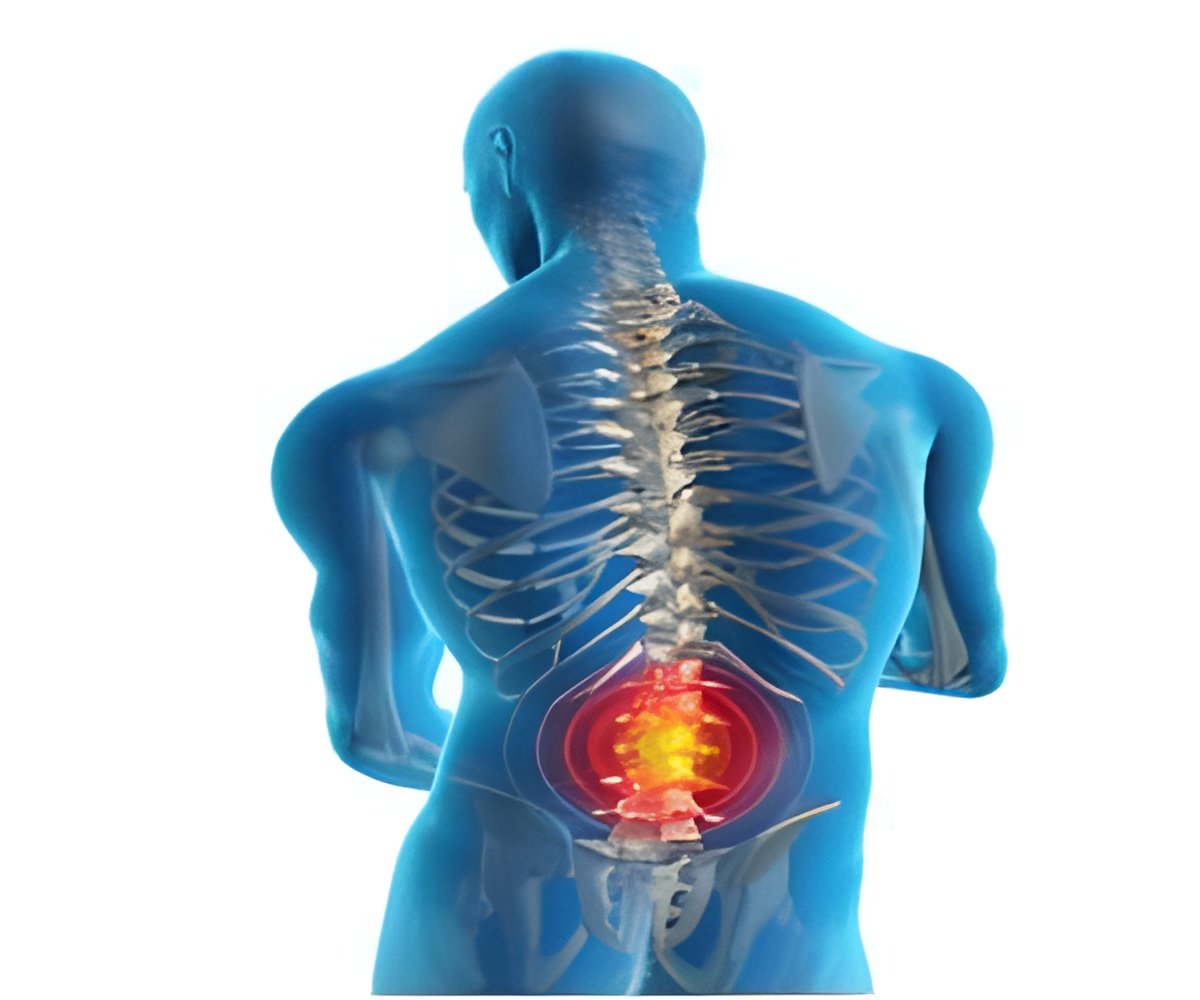
The findings are published in the October 15th edition of Science.
"We have known how white blood cells find their way to sites of infection for many years, but understanding how, or even why white blood cells go to sites of sterile non-infectious tissue damage has been a real dilemma," says Dr. Paul Kubes, PhD, senior author of the study as well as Director of the Snyder Institute of Infection, Immunity and Inflammation. "Recognizing that damaged cells release "bacteria-like" signals that attract white blood cells and cause inflammation might allow for the development of a whole new class of therapeutics to combat inflammatory diseases."
Another remarkable aspect of the research is that scientists were able to take unprecedented real-time videos of the white blood cells activity at sites of inflammation. The University of Calgary is one of very few centers in the world using this imaging technology, called spinning disk confocal intravial microscopy, to study the inflammatory response.
"These powerful imaging systems allow us to tackle complicated problems by directly observing the activity of the immune system in the body. Our laboratory is perhaps the only in Canada, and amongst a select few in the world that have this technology, so it is truly a privilege to contribute to this research," says Braedon McDonald, the lead author of the study and PhD candidate.
Advertisement












